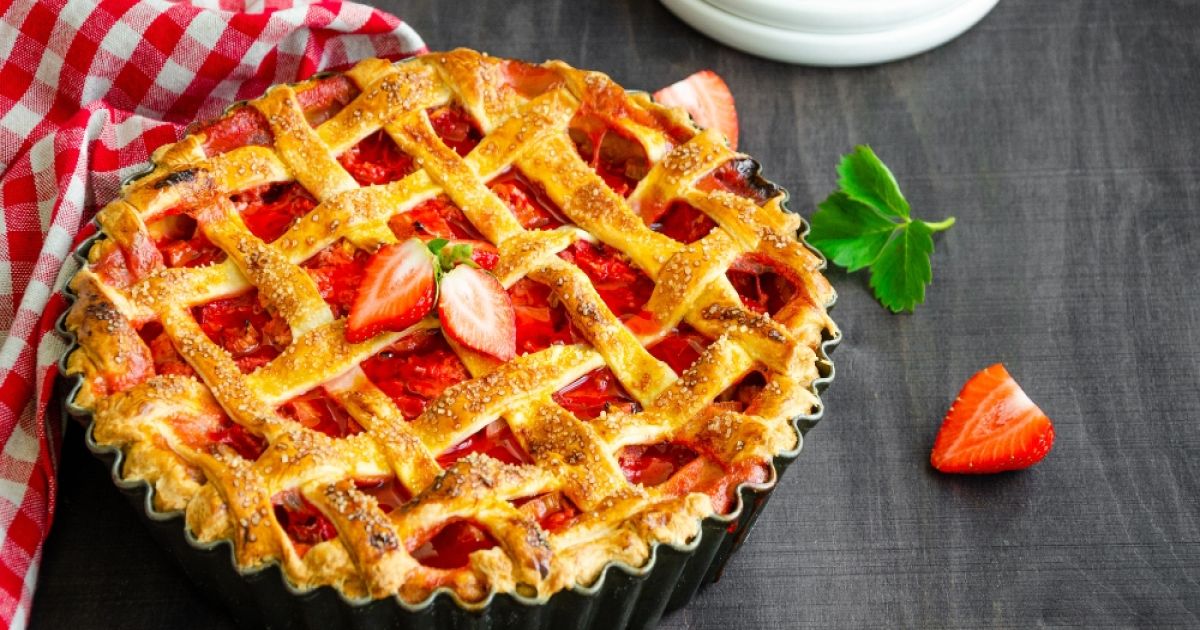Culinary Guide to Rhubarb (Pie Plant)
Unlock the vibrant flavors and health benefits of rhubarb with our comprehensive guide. Learn about its rich history, culinary versatility, and how to incorporate it into your diet for a delicious twist on traditional recipes.
Rhubarb, with its vibrant stalks and tart flavor, transforms ordinary dishes into extraordinary culinary delights. From pies to savory dishes, this vegetable is a versatile ingredient in any chef's repertoire.
Key Takeaways:
- Culinary Versatility: Rhubarb is perfect for both sweet desserts and savory dishes, enhancing flavors with its unique tartness.
- Health Benefits: Rich in vitamins, minerals, and fiber, rhubarb supports digestive health and more.
- Easy Cultivation: Thrives in cooler climates and requires minimal maintenance, making it ideal for home gardens.
- Historical Significance: Once a medicinal plant in ancient China, now a beloved culinary ingredient in the West.
- Sustainable Option: Perennial nature makes rhubarb a sustainable choice for gardeners focused on environmental impact.
Whether you're an experienced chef or a casual cook, incorporating rhubarb can bring a refreshing twist to your meals. Explore how its tangy profile can elevate your culinary creations.
Culinary Uses of Rhubarb
Rhubarb is most famously used in pies, often earning the nickname "pie plant." Its tartness balances sweet flavors, making it ideal for desserts like crumbles, tarts, and sauces. Beyond sweets, rhubarb can also be a component in savory dishes. It pairs well with fatty meats and is excellent in sauces and chutneys that accompany pork and chicken.
Health Benefits of Rhubarb
Rhubarb is not only valued for its unique flavor but also for its health benefits. It is a source of fiber, vitamin C, vitamin K, and several B-complex vitamins. It also contains minerals such as manganese, iron, and potassium. Rhubarb has been used in traditional medicine for its laxative properties and could aid digestion and lower cholesterol levels.
Growing and Harvesting Rhubarb
Rhubarb thrives in cooler climates and once established, it can be quite hardy. It requires minimal maintenance, making it an excellent addition to home gardens. The plant is typically ready for harvest in spring, and its stalks can be harvested over several weeks. Only the stalks are edible, as the leaves contain oxalic acid, which is toxic.
Rhubarb Through the Ages
The history of rhubarb dates back to ancient China, where it was first cultivated for medicinal purposes. It wasn't until the 18th century that rhubarb was grown for culinary use in Britain and America. The plant's ability to grow in cool climates made it popular in Northern Europe and North America, where it became a staple in spring and early summer recipes.
Cooking Tips for Perfect Rhubarb Dishes
<%EmbedImage|pg-rhubarb-pie-plant-1718734938.jpg_Rhubarb=(Pie=Plant)_Canva%>
- Balancing Tartness: Rhubarb's tart flavor can be balanced with sweet fruits like strawberries or apples, or with sugar in recipes.
- Cooking Methods: Rhubarb can be stewed, baked, or roasted. To retain its shape and texture, avoid overcooking.
- Pairing Flavors: Vanilla, ginger, and cinnamon complement rhubarb's tartness beautifully.
Sustainable Practices in Rhubarb Cultivation
As a perennial, rhubarb can be a sustainable crop. It requires less replanting and fewer resources than annual plants, reducing its environmental impact. Farmers and gardeners are encouraged to use organic methods to enhance sustainability further.
Rhubarb remains a beloved ingredient for its distinctive flavor and versatility in both sweet and savory dishes. Its cultivation is relatively easy, and it offers notable health benefits, making it a valuable addition to any garden or kitchen. Whether you're a seasoned chef or a home cook, experimenting with rhubarb can bring a delightful twist to traditional recipes.
Ready to explore the tangy world of rhubarb? Check out our collection of recipes and start cooking today! Share your favorite rhubarb creations with us and discover new ways to enjoy this versatile plant.




























